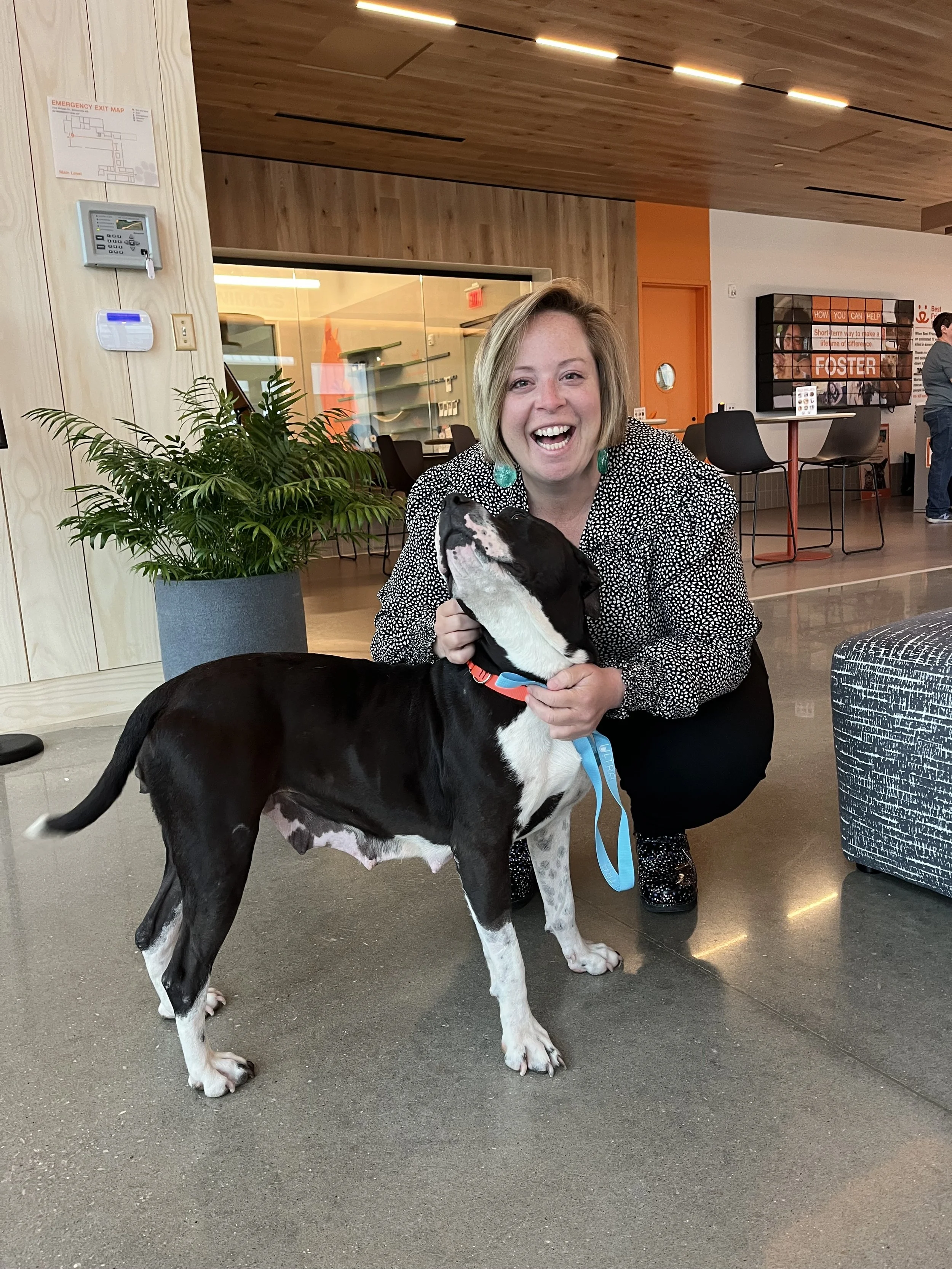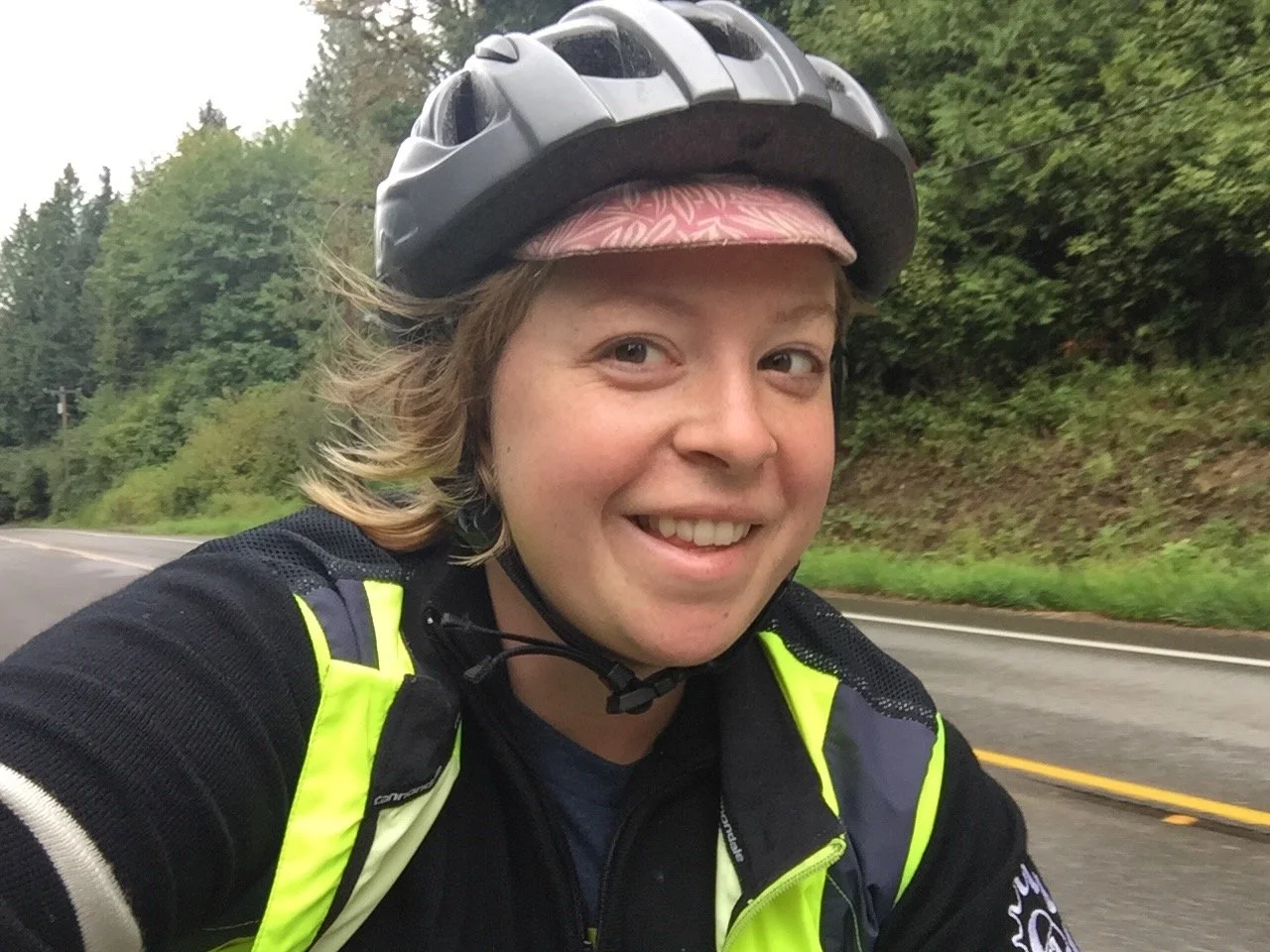When people who only car camp hear that I'm riding my bike out to the woods to sleep outside for one night there is typically one reaction - "Girl, you're nuts. That's way too much work just to sleep outside for one night."
And, I think in their minds, they envision that I'm hauling as much stuff as they would typically take car camping: a cooler, camp chairs, a large tent, shelter, and all sorts of gear. I can't even tell you how many times this contraption has been posted on my Facebook wall:
Nope, sorry mom, not taking this bike camping.
When I show them pictures of my fully loaded bicycle, then the questions really start to flow.
And y'all- this was a crappy packing job. I brought a 2 person tent, 2 sleeping pads, a stove, didn't compress my sleeping bag, and brought way too much food. Also, note where my front sleeping pad is- I don't recommend this. But, it worked. So, onto my actual gear reviews and camping hacks.
This post is going to cover my sleeping system. I've gone through a few iterations, and below is what I've found to be the most comfortable by far. Also, when I'm riding or hiking, I like to sleep and wake up well rested. Tossing, turning, and shivering all night do no good for getting in the miles the next day.
This system works in both my 1 person and 2 person tent. When I take my hammock, I ditch the z-pad and just do the inflatable pad as a level of insulation.
My Favorite Sleep System
I'm a cold sleeper. Even in July when it's 60 degrees at night, I'm shivering. I've finally landed on the perfect system that keeps me snug as a bug, even down to 30 degrees (the coldest I've tested it), but I'm guessing it would work even colder, since it's all rated for lower temps.
Bottom level: Therm-a-Rest Z Lite Sol Sleeping Pad
This pad is the old staple of hikers and bikers. Super light weight, works as a seat rest for sitting on the ground too. This goes on the bottom of my setup and helps insulate the whole package. In the height of summer, I'll sometimes leave this behind (but not usually, as it's so light and perfect for sitting on the ground.) It can be strapped on top of the outside of your bike basically wherever.
Next level: Big Agnes Q Core Insulated SLX Pad
Inflate this bad boy about 90% of the way up and it's the best sleeping pad I've ever used. I'm a side sleeper and it provides awesome support for my hips. Love it. And it's rated down to 15 degrees.
Sleeping bag: REI Joule Women's Sleeping Bag
This is a women's specific down bag with a synthetic outer liner that is water-resistant. Helpful incase your bag gets wet (but I still always pack it in a dry bag just in case, as wet down is useless.) This bag is great as it's shorter so my feet stay warm, and the mummy hood is lovely for cold nights. This bag also accommodates my wide hips pretty well, as it is built for women! Nice job REI!
I also use a simple synthetic pillow, but sometimes depending on space, will just stuff some clothes up into the head space of my bag.
A Note on R-Values and Temperature Ratings
As you search for camping gear, you'll notice that sleeping pads have an R-Value and sleeping bags have a temperature rating on the spec page.
The R-Value will range from 0-10, and the temperature range will be indicated. This is a basically an indication of how warm it will keep you, with a base layer on. Scientifically, it's the capacity of an insulating material to resist heat flow. The higher the R-value, the greater the insulating power.
You should pick one that meets your needs - consider weight, if you're willing to spend the time blowing up the pad, deflating, etc. And how much it weighs. For me, I like being warm and toasty, and don't mind blowing up the pad to do so!
Next up: Cooking systems and coffee brewing while camping!







